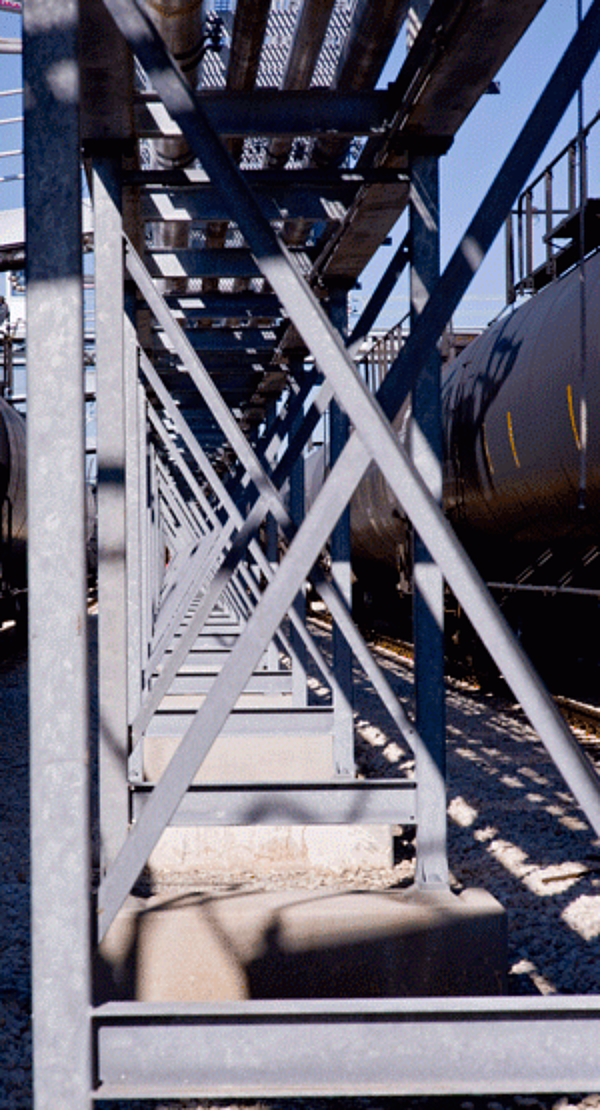What is Galvanizing?

The definition of hot-dip galvanizing (HDG), as referenced on this site, is the process of dipping fabricated steel into a kettle or vat containing molten zinc. The process is inherently simple which provides a distinct advantage over other corrosion protection methods. While the steel is in the kettle, the iron in the steel metallurgically reacts with the molten zinc to form a tightly-bonded alloy coating that provides superior corrosion protection to steel.
The information throughout this section on durability, longevity, cost, and sustainability applies only to the hot-dip galvanizing (commonly referred to as batch, general, or after-fabrication galvanizing). It is important to understand not all zinc coatings are created equally; thus, applying any of the information provided about hot-dip galvanizing to other zinc coatings is not accurate or recommended.
To understand the hot-dip galvanizing process and its evolution, it makes sense to start at the beginning, which dates all the way back to 79 AD.
History of Hot-Dip Galvanizing

79 AD
Record of zinc usage in construction began, which could be considered the origination of galvanizing.
1742
The first recorded history of galvanizing dates back to when P.J. Malouin, a French chemist, presented to the Royal Academy of Sciences several experiments involving coating iron with molten zinc.
1772
Luigi Galvani, galvanizing's namesake, discovered the electrochemical process that takes place between metals during an experiment with frog legs.
1801
Alessandro Volta furthered the research on galvanizing when he discovered the electro-potential between two metals, creating a corrosion cell.
1829
Michael Faraday discovered zinc's sacrificial action during an experiment involving zinc, salt water, and nails.
1837
French engineer Stanislaus TranquilleModeste Sorel took out a patent for the early galvanizing process.
1850
The British galvanizing industry was consuming 10,000 tons of zinc annually for the production of galvanized steel.
1870
The United States, slightly behind, had its first galvanizing plant open. At the time, the steel was hand dipped in the zinc bath.
2000
Advancements in metallurgy and furnace technology improve process efficiency and sustainability.
Today
Today, more than 600,000 tons of zinc is consumed annually in North America to produce hot-dip galvanized steel 200,000 tons for after fabrication (batch) process and 400,000 for the continuous galvanizing process. Galvanizing is found in almost every major application and industry where iron or steel is used. The utilities, chemical process, pulp and paper, automotive, and transportation industries, to name just a few, historically have made extensive use of galvanizing for corrosion control. They continue to do so today. Hot-dip galvanizing has a proven and growing history of success in myriad applications worldwide.

